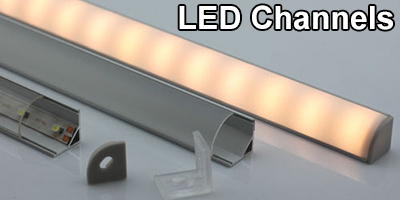Zero_Enigma
Enlightened
I'm not sure if the term is EMF here that is disturbing the wireless computer. When I put in a freshly charged 1.42-1.46v x 6AA battery pack peaking at ~8.6v I find my 'quad-damage' 4xSSC LED 3.6-9v @ 800mA using the DX driver to really give me a hell of a bright light for my downhill runs or when I need to turn those burners on to ride through a dark path.
One thing I've noticed is that my wireless computer freezes and does not record any data sometimes and just stays at zero for the speed till I've used the light for like 3-5mins then the bike computer will start recording data on one of my battery packs. My other 6AA battery pack I find is ~8.2v and I can still run my bike computer then. I like wireless over wired as less wires the better so that's somethign I wish not to give up but there has to be a way to shield the light or the drivers or something that is causing the wireless bike computer to not record data.
When I turn off the 'quad-damage' light the wireless bike computer starts recording no problems even with my 1W NiteHawk in direct path to the wireless trans/reciever. I am a bit of a stat junkie for my riding and log all my data while I go riding in my log book and because I ride both road and trail paths I can't really measure out my shortcut or trail areas like I can on the road with Googlemaps if I needed to use the google maps thus why I like having the bike computer which also aids in my data collecting and timing for maintance and such.
Any help is appreciated.
One thing I've noticed is that my wireless computer freezes and does not record any data sometimes and just stays at zero for the speed till I've used the light for like 3-5mins then the bike computer will start recording data on one of my battery packs. My other 6AA battery pack I find is ~8.2v and I can still run my bike computer then. I like wireless over wired as less wires the better so that's somethign I wish not to give up but there has to be a way to shield the light or the drivers or something that is causing the wireless bike computer to not record data.
When I turn off the 'quad-damage' light the wireless bike computer starts recording no problems even with my 1W NiteHawk in direct path to the wireless trans/reciever. I am a bit of a stat junkie for my riding and log all my data while I go riding in my log book and because I ride both road and trail paths I can't really measure out my shortcut or trail areas like I can on the road with Googlemaps if I needed to use the google maps thus why I like having the bike computer which also aids in my data collecting and timing for maintance and such.
Any help is appreciated.



